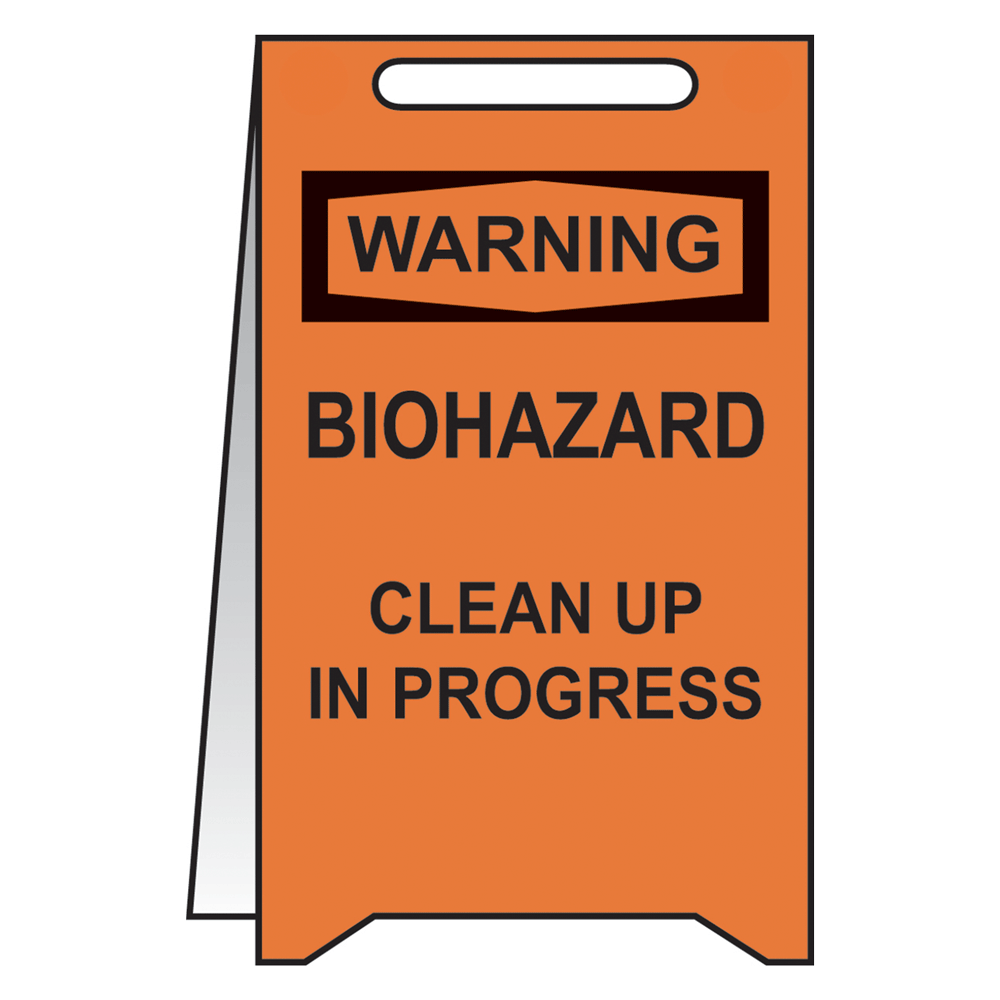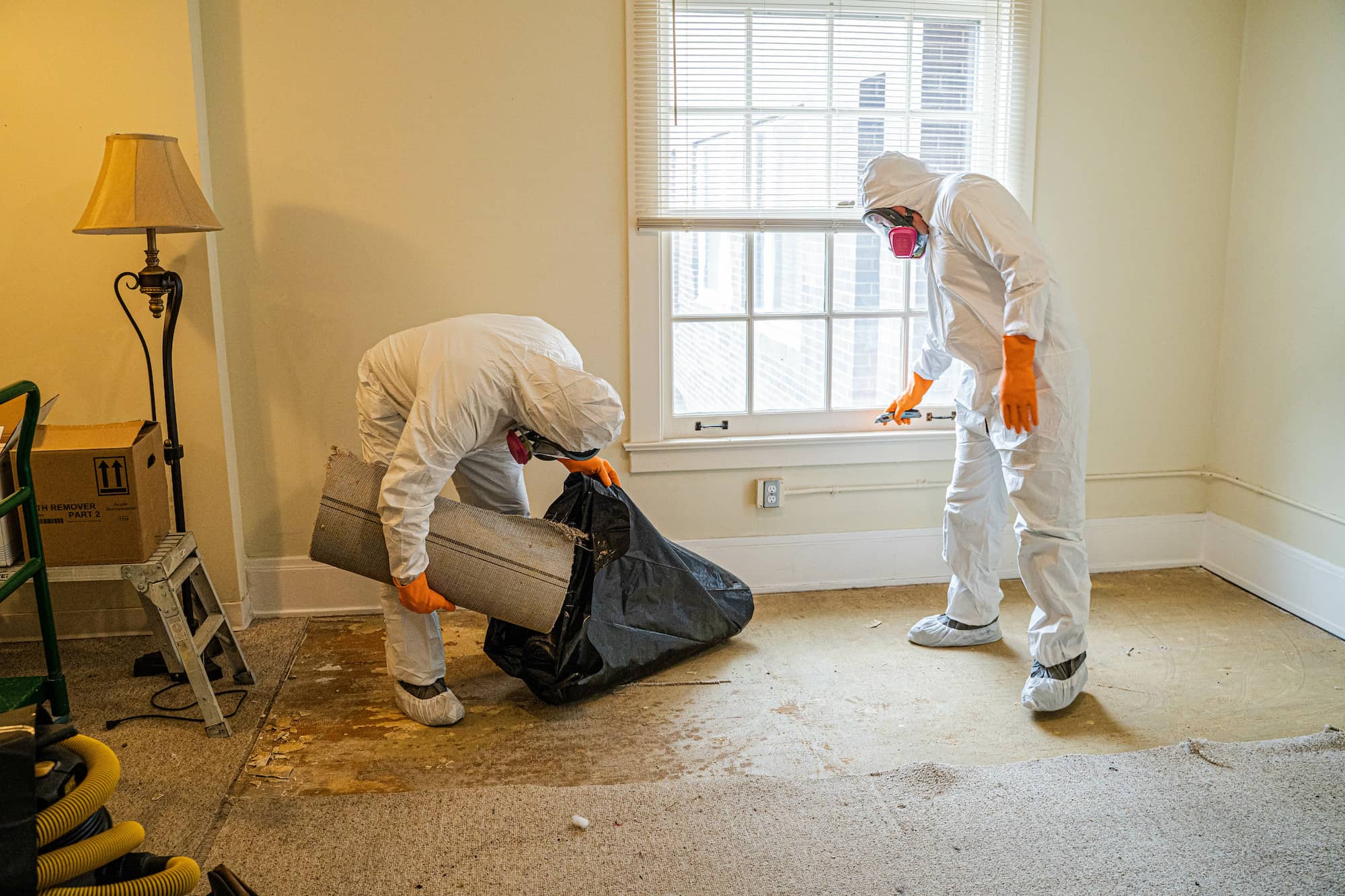Mold Remediation Providers: Safeguarding Your Residential Property from Mold Damage
Expert Biohazard Cleaning and Purification for Blood, Bodily Fluids, and Hazardous Materials
The possible wellness risks associated with direct exposure to biohazards underscore the crucial requirement for thorough handling and comprehensive cleanup. As we browse the elaborate landscape of biohazard cleanup, recognizing the nuances of regulations, conformity, and the specific equipment at play ends up being imperative in guaranteeing a thorough and risk-free decontamination procedure.
Health And Wellness Risks of Biohazard Exposure
Exposure to biohazards poses substantial wellness threats that can result in serious consequences for people and neighborhoods alike. Biohazards incorporate a wide variety of biological compounds, including blood, physical fluids, mold, bacteria, infections, and other potentially infectious products. When people enter into call with these biohazards, whether through mishaps, improper handling, or environmental direct exposure, they encounter the threat of contracting significant diseases or illness.
Among the primary wellness threats related to biohazard direct exposure is the transmission of contagious illness. Bloodborne pathogens such as HIV, liver disease B and C, and different bacteria can be present in biohazardous products, posturing a direct hazard to human health. Breathing in air-borne biohazards like mold and mildew spores or entering call with polluted surface areas can additionally lead to respiratory problems, allergic reactions, and other adverse wellness effects.
Moreover, biohazard exposure can have lasting health and wellness effects, with some conditions manifesting years after the first call (Blood Cleanup). Therefore, it is important to prioritize correct biohazard cleaning and purification to alleviate these wellness dangers and guarantee the safety and security of neighborhoods and people

Specialized Educating for Biohazard Cleanup
When it involves managing biohazard cleaning successfully and safely, specialized training plays a fundamental function in making certain appropriate decontamination procedures are followed. Biohazard clean-up requires specific knowledge and skills to efficiently minimize threats related to bloodborne pathogens, physical liquids, and harmful products. Specialists educated in biohazard clean-up go through extensive direction on exactly how to securely deal with, eliminate, and throw away biohazardous materials to avoid contamination and direct exposure.
Specialized training for biohazard clean-up covers a variety of crucial subjects, consisting of proper individual protective devices (PPE) use, bloodborne virus awareness, decontamination techniques, and dangerous waste disposal protocols. People educated in biohazard cleanup are outfitted with the required knowledge to assess contamination degrees, identify prospective hazards, and implement proper clean-up treatments in conformity with regulatory criteria.
Continual training and education are critical in the field of biohazard clean-up to stay updated on the current decontamination modern technologies, safety protocols, and guidelines. By investing in specialized training, biohazard clean-up experts can successfully respond to emergency cleaning situations and secure both public health and wellness and the environment.
Importance of Proper Purification Strategies
Making use of proper purification strategies is essential in biohazard cleanup to properly get rid of unsafe materials and reduce health risks. Effective purification not only makes certain the removal of visible traces of blood, physical liquids, and various other biohazards however also targets unseen microorganisms that may present serious health and wellness risks otherwise effectively gotten rid of. By complying with strict decontamination methods, trained professionals can dramatically decrease the danger of exposure to hazardous microbes, viruses, and germs that could result in conditions or infections.
Correct decontamination strategies include the usage of specific equipment and disinfectants that are especially created to neutralize biohazards efficiently. Extensive cleaning and disinfection of contaminated locations are necessary to protect against the spread of pathogens and make certain a risk-free environment for i loved this passengers. Furthermore, the appropriate disposal of biohazardous waste complying with decontamination procedures is essential in stopping contamination of various other surfaces or people.

Equipment and Tools for Safe Clean-up
The correct tools and prototype® biohazard bundle cleanup trophies tools play a vital role in making certain the safe and efficient cleaning of biohazardous materials. When managing blood, physical fluids, or harmful materials, biohazard cleansing experts rely upon specialized gear to lessen direct exposure dangers and completely decontaminate the affected location. Individual safety equipment (PPE) such as gloves, coveralls, safety glasses, and masks are necessary to protect versus straight call with possibly infectious materials. In addition, biohazard cleaning sets having anti-bacterials, absorbent materials, and biohazard bags are used to securely get rid of and have of infected things. Blood Cleanup.
Advanced cleansing devices like hospital-grade disinfectants, HEPA-filtered vacuum cleaners, and fogging machines are utilized to sanitize surfaces and remove biohazards efficiently. Specialized devices such as sharps containers and biohazard waste disposal containers are used to securely handle sharp things and biohazardous waste materials. By utilizing the ideal tools and tools, biohazard cleansing specialists can guarantee a detailed clean-up process that prioritizes security and decreases health and wellness dangers for both employees and owners of the afflicted space.
Laws and Conformity in Biohazard Cleaning
Appropriate adherence to policies and conformity requirements is paramount in biohazard cleaning to ensure the safety and security of both employees and the setting. Government companies such as OSHA (Occupational Safety and Wellness Management) and the EPA (Environmental Defense Agency) have established particular standards for biohazard cleanup procedures to lessen health dangers and environmental contamination. These policies cover a variety of facets consisting of the handling, transport, and disposal of biohazardous products, as well as the essential training and protective equipment required for personnel associated with the cleanup process.
Biohazard cleaning business must stay current with these laws to assure that their operations satisfy the called for safety and security requirements. Failing to abide by these policies can lead he has a good point to severe consequences, including penalties, legal action, and threatening the health of individuals and the environment. By following rigorous policies and conformity actions, biohazard cleansing business can effectively minimize threats and ensure a extensive and safe cleaning procedure for all events entailed.
Verdict
In verdict, biohazard cleansing and purification need specialized training, correct strategies, and adherence to policies. Exposure to blood, bodily fluids, and unsafe materials positions considerable wellness risks, making it critical to use the appropriate devices and tools for secure cleanup. By complying with strict procedures and guidelines, specialists can effectively reduce the dangers related to biohazard exposure and ensure the safety and security of both themselves and others.
As we browse the intricate landscape of biohazard cleaning, comprehending the subtleties of policies, conformity, and the specialized tools at play becomes important in making sure a comprehensive and risk-free purification procedure. (Blood Cleanup)
When it comes to taking care of biohazard cleanup effectively and safely, specialized training plays an essential duty in guaranteeing correct purification treatments are adhered to.Making use of proper decontamination methods is critical in biohazard cleanup to efficiently remove hazardous products and decrease health and wellness threats. Additionally, biohazard cleaning packages containing disinfectants, absorbing products, and biohazard bags are made use of to securely dispose and consist of of infected products.
Federal government companies such as OSHA (Occupational Security and Health Administration) and the EPA (Environmental Defense Agency) have actually established certain guidelines for biohazard cleaning procedures to reduce wellness threats and environmental contamination.